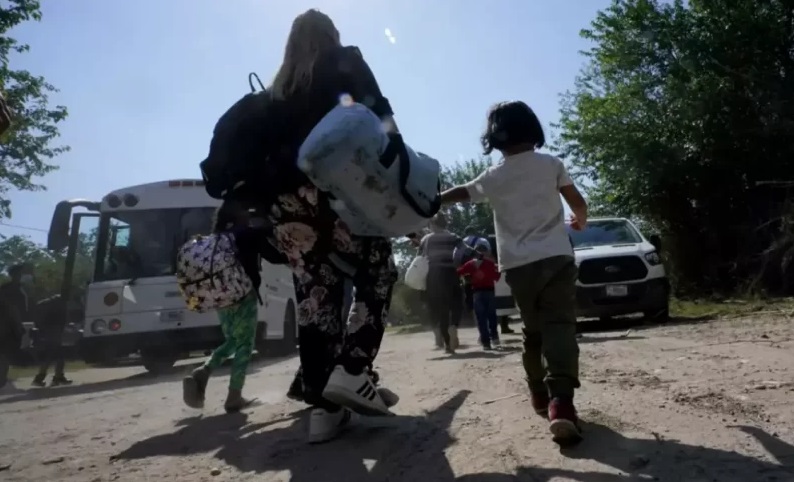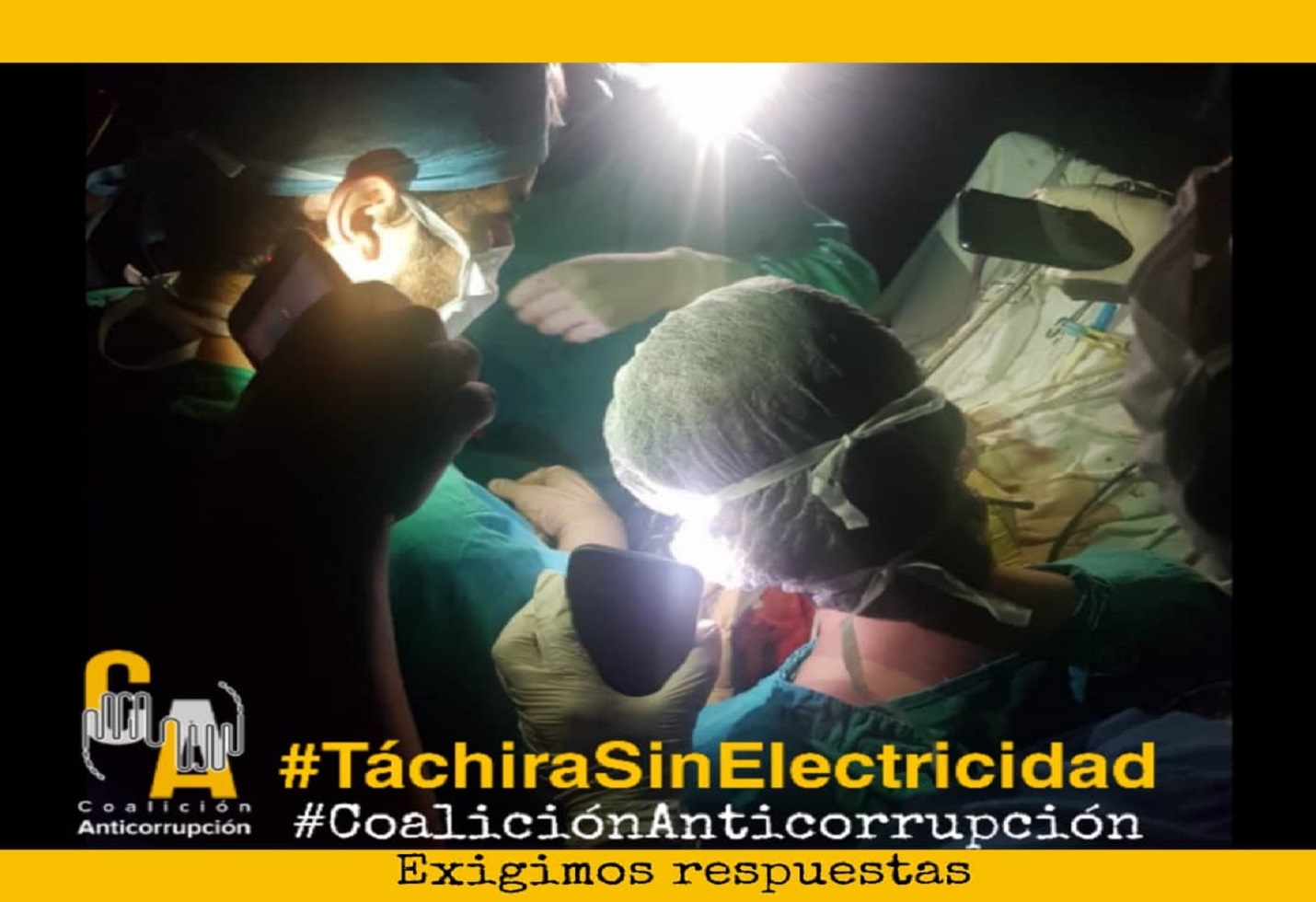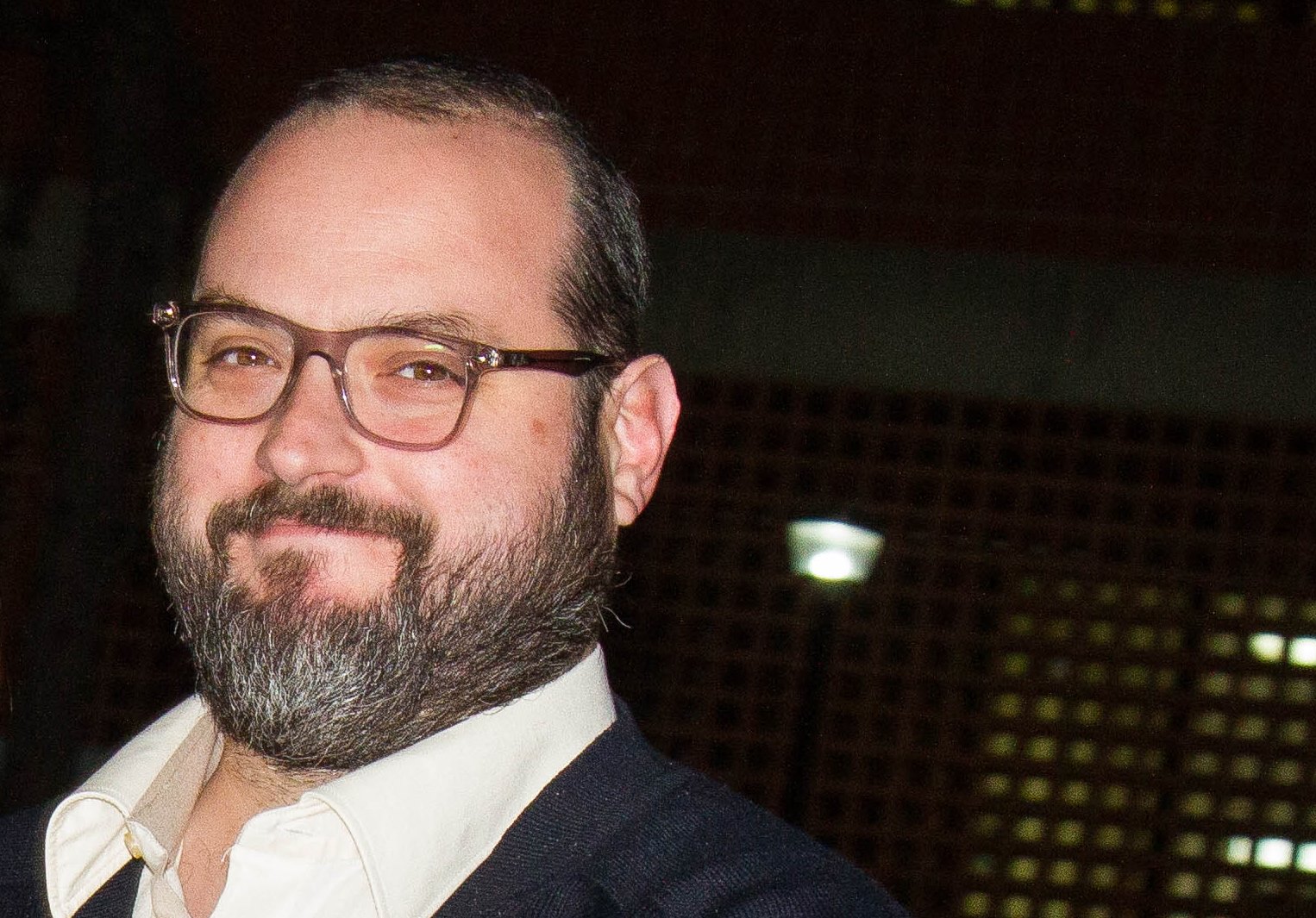During a cycle of meetings for peace and the conservation of biodiversity in Venezuela, a group of researchers presented the findings of different studies on the risks faced by irregular migrants, illegal miners and indigenous communities who are not protected by the State.
Venezuela is the country in the region with the highest prevalence of modern slavery, according to Nicolé Hernández, a researcher at the Venezuelan NGO Cepaz during the cycle of meetings for peace and the conservation of biodiversity in Venezuela, held on the occasion of the presentation of the documentary “Blood Gold”.
“At least six people per every thousand are victims of slavery, and this happens because 7 million have been forced to flee Venezuela since 2015 due to the Complex Humanitarian Emergency. There is also a crisis of migrants and refugees, and a context of gender inequality,” Hernández said in a press release.
Hernández referred to the increase in cases of slavery due to migration. She pointed out that at least 120 of the 400 women who crossed the Darién gap were victims of sexual abuse between January to August of 2022. “This means that 30% of the women who cross the jungle are sexually abused.”
She also pointed out that the women most exposed to the deprivation of rights and adequate living conditions are more vulnerable to these practices. She reported the dismantling of a trafficking network in the state of Anzoátegui.
“[The criminals] would capture the victims and force them to have sex for a payment of $10. The same thing happens with refugee women who leave the country under conditions of vulnerability, which influences how they are going to travel to the host country (…) migrant women in host countries do not have support networks or access to employment, housing, or legal status,” she added.
According to Hernández, one network of trafficking in women dismantled in the state of Carabobo led to the rescue of a group of girls aged 13 to 17 years old, who were captured under the deception of a job offer, only to be held up and transferred upon their arrival and forced to have sexual relations.
Regarding gender inequality as a risk factor, she highlighted that 71% of the victims of human trafficking across the world are women and girls.
Hernández brought attention to the situation in the south of the country, where illegal mining without any type of protection, pollution, and the spread of diseases are common, along with violent conflicts, massacres, murders, disappearances, death threats and persecution, in addition to labor and sexual exploitation, slavery and human trafficking.
Exploitation in the mines
Eumelis Moya, the coordinator at the Guayana-based UCAB Human Rights Center, also took part in the discussion, pointing out that modern slavery, human trafficking and sexual and labor exploitation are prevalent in the southern Venezuelan state of Bolivar.
“We share a border with Colombia, Guyana, Brazil, and the states of Amazonas, Anzoátegui and Apure, which makes Bolívar a spot for the origin, transit and destination of human trafficking,” she pointed out.
Moya commented that women in the mines are extorted by irregular groups in exchange for supposed protection.
She stressed that “a control group in El Dorado requests women to undergo a health check every Wednesday and show their “pink card”, which attests that she is not a carrier of any sexually transmitted disease. Women who are detected with some disease are not allowed to work and have to leave the town. And those who work as cooks or laundresses in the mines lack the infrastructure to carry out domestic work, which forces them to harsh environmental conditions, like being under the sun or rain without protection.”
Moya highlighted that the number of girls involved in sex work in the mining municipalities has increased. “Each family that moves to the mines becomes a broken family. A significant number of children and teenagers are left behind in a condition of abandonment because their parents go to work in the mines, which creates another cycle where children fall victim to labor exploitation,” she added.
Vulnerable indigenous communities
Gabriela Buada Blondel, director at the organization Caleidoscopio Humano, denounced abuses against the Venezuelan indigenous community. She asserted that a large part of these communities have been forced to migrate in search of the protection that the Venezuelan State fails to provide them, exposing their children, women and elderly to perils such as human trafficking and sexual violence. Indigenous migrant women are especially vulnerable to human trafficking, sexual exploitation, prostitution or sexual abuse.
“An important finding of our research is that all these women who are lured [by criminals] are told that they can leave the place in one month and that they will be allowed to visit their families during that time and give them some of the rewards (gold) for their work. They were also told that they were allowed to come back if they refrain from speaking about the details of what happens inside. This happened at the beginning, but after 2019 many people who spoke out could not contact their relatives anymore. These people sent money to their families through the individuals that were allowed out of the mines, but the relatives no longer had contact with the women who were forced to work in the mines,” Buada commented.
She added that many girls arrive in the mines under deception and once they are sold for gold. She specified that the price of each girl or woman varies according to her age and the extractive zone to which she will be transferred.
According to the NGO Kapè Kapè, girls and women victims of trafficking and sexual exploitation are seen as bargaining chips and exchanged between miners as forms of payment to settle debts.
“We know that the femicide rate has increased; the main victims of femicides in the state of Amazonas were aged 11 to 22 years old, with the Piaroa, Warao, Yekuana, Cahima and Sanuma as the ethnic groups most affected by this type of violence”, Buada pointed out.
Translated by José Rafael Medina




